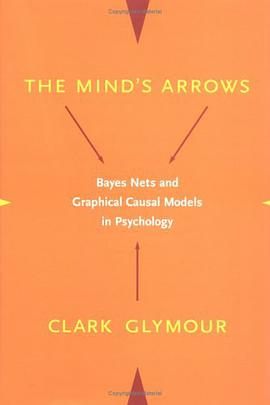

具体描述
In recent years, small groups of statisticians, computer scientists, and philosophers have developed an account of how partial causal knowledge can be used to compute the effect of actions and how causal relations can be learned, at least by computers. The representations used in the emerging theory are causal Bayes nets or graphical causal models.In his new book, Clark Glymour provides an informal introduction to the basic assumptions, algorithms, and techniques of causal Bayes nets and graphical causal models in the context of psychological examples. He demonstrates their potential as a powerful tool for guiding experimental inquiry and for interpreting results in developmental psychology, cognitive neuropsychology, psychometrics, social psychology, and studies of adult judgment. Using Bayes net techniques, Glymour suggests novel experiments to distinguish among theories of human causal learning and reanalyzes various experimental results that have been interpreted or misinterpreted--without the benefit of Bayes nets and graphical causal models. The capstone illustration is an analysis of the methods used in Herrnstein and Murray's book The Bell Curve; Glymour argues that new, more reliable methods of data analysis, based on Bayes nets representations, would lead to very different conclusions from those advocated by Herrnstein and Murray.
作者简介
目录信息
读后感
评分
评分
评分
评分
用户评价
相关图书
本站所有内容均为互联网搜索引擎提供的公开搜索信息,本站不存储任何数据与内容,任何内容与数据均与本站无关,如有需要请联系相关搜索引擎包括但不限于百度,google,bing,sogou 等
© 2025 book.wenda123.org All Rights Reserved. 图书目录大全 版权所有




















